Mixtape Monsters.
Cassette Beasts joins a growing list of games attempting to capitalize on the success of Pokémon, often adapting the tried and true formula to create something often bold and unique. From TemTem to Ooblets, to Nexomon and Monster Sanctuary, each title adapts that formula in its own way, some more closely than others. While I’ve certainly tried my fair share of them, Cassette Beasts has been the only one to keep my attention, offering a clever and involving chemistry system, a wonderful cast of characters, and one hell of a hook; you become the monster.
After you create your character, you wash up on the shores of an unfamiliar land, the aptly named New Wirral. Soon after, you're greeted by Kayleigh, an inhabitant of your new surroundings. Before long, you're outfitted with a mysterious cassette player and once you encounter your first monster, you transform into a beast chosen from the game's initial offerings. Yup, while you'll use a variety of blank cassettes to recruit even more forms to add to your arsenal of monsters, your very being in this world is transformed into these varied creatures. How and why does this happen? Well, that is a mystery you'll eventually solve.
Cassette Beasts has you working alongside an always-present companion and eventually has you fusing with them, merging your currently equipped monsters into one of nearly 14,000 combinations, some a bit more generic than others, but a remarkable variety given the title’s fairly impressive collection. The power of your Fusion beasts is based on the relationship level of you and your teammate, resulting in a far more dependable fusion if you build up the bonds between the both of you. And you'll want to, given that each questline for your companions is remarkably well-told, engaging, and surprisingly memorable.
Cassette Beasts features over 100 creatures to record and collect, cultivating a party of six to take into battle with you. And, while you are always looking to add more to your collection, Cassette Beasts also has their own version of shiny Pokémon, aptly titled; Bootlegs. These alternative colored variants pull from each of the 14 different element types, allowing each Bootleg to feel like a whole new version of that monster, not just a simple color swap. While I am not sure of the percentage chance to encounter one, I recorded two of them during my 35 hour playthrough.
The Pokémon games often focused solely on leveling up your monster. And while that is still a focus with Cassette Beasts, your character themselves has stats and levels to progress towards as well, especially since your human form can take damage once your monster has fallen in battle. Essentially, this causes you to pay attention to two health bars during encounters should your monsters start taking a beating. This is also how you’ll defeat all incoming fights against other humans trapped in this world.
Winning battles will earn experience for you and your monster and should your cassette beast reach five stars, then they can evolve to their next available form. What I found really intriguing about this “Remaster” evolution process is that certain monsters have additional paths that are based on choices you can make. For example, early on you’ll encounter Squirey, a lightly armored creature that is a fairly decent fighter. Once you reach five stars, you’ll be given a choice between Honor or Victory, with each choice changing their evolution from either Manispear or Palangoin.
Early Pokémon games were fairly limited in their exploration with strict paths and progress locked behind certain moves. While Cassette Beasts does feature some of that same progression blocking, there is a greater sense of freedom with its exploration here than what we used to see across the Pokémon series. Some areas and secrets are still locked behind moves that you’ll learn from various monsters such as being able to climb certain heights, use magnetic powers to propel yourself upwards, to a fiery dash that can shatter boulders. These abilities also lend themselves to making traversal a fun and enjoyable experience, even with fast travel being an option available to you.
And as you utilize those abilities, it will allow you to explore all new areas, discover secrets and access previously unreachable items, to also encountering Rogue Fusions, which are combinations of monsters you’ll discover in the wild. These are noticeable as you’ll see their dark and menacing form waiting for you, swirling with dark energy. These fights can be truly difficult depending on the level you approach them at. They also respawn fairly quickly in previously explored areas, allowing for you to really grind away at them, should you be missing any of the monsters present in each fight.
The basis for Cassette Beasts' story is centered around supernatural beings called Archangels. During your first encounter with one, they claim they hold the power to send you and the inhabitants of this strange land back to your own respective worlds. The story then places you on the path to track down more of them, discover just exactly what they are, and who the mysterious figure is that is seemingly obsessed over them.
This journey also benefits from a huge variety of side activities, companion quests, and tracking down a collective of Rangers, which serve as this game’s version of Gym Leaders. These rangers are out in New Wirral tasked with their own respective duties and one of your objectives is to track them down and defeat them. Unlike the Pokémon games, they are not in easily located towns and often require a bit of work to even find them. Thankfully, the people of Harbourtown can often point you in the right direction via rumors that they will often relay to you. And what happens when you defeat all these rangers? Well, I’ll leave that bit of information for you to figure out, but rest assured, you’ll be busy taking on a ton of additional quests as part of your reward.
Cassette Beasts can also be played entirely in co-op, with another player controlling one of the several companions you’ll encounter in your travels. From an artist who questions their craft, an anti-social record enthusiast, to my personal favorite, the charming and musically inclined Kayleigh, you’ll take on each of their own personal stories, with many of them leading towards some sort of relationship. And while bonding with them can lead to that outcome, increasing that bond can also assist in boosting the power of the Fusion made between the two of you. And, should you want to swap it up, your whole team will be waiting for you back at the café having a few drinks and enjoying some really great music. Seriously, this game’s soundtrack is stellar.
This café is found in the center of Harbourtown, which has a few shops and various NPCs that will provide items to aid you in battle or possibly a delicious rumor that can lead to new quests, challenges, and monsters. You can also change your appearance back at your own personal digs as well as tinkering around with your own stats at Ranger HQ, which also features its own special store to access some of the more advanced items.
The bulk of the characters you’ll find in New Wirral all live here, so it’s a good option to explore this location to its fullest and open up additional paths from each direction, making travel a bit faster as unlocking fast travel across the map takes a bit of time. I think my only complaint about Harbourtown is that certain buildings that serve a particular service don’t quite have the visual distinction that they are anything more than a regular ol’ building. While you’ll find other settlements around New Wirral, Harbourtown is the only town-like location that is featured in the game. Should Cassette Beasts continue as a franchise, that is one aspect of the game I’d love to see improved upon.
While Cassette Beasts doesn’t exactly have their own take on Team Rocket, or any of the various gangs present across the Pokémon series, they do have the Landkeeper’s Association, which offers up not only a few fun battles but a really enjoyable arc for one of your companions. I’ll remain tight-lipped on just what and who they are, but the final few moments of their quest is absolutely hysterical and ends with a pretty interesting twist, one that I personally feel could have been expanded on even more.
As you leave Harbourtown, you’ll venture out into the wilds of New Wirral. From tracking down the Archangels to numerous monsters, rangers, and quests, you’ll always have some sort of goal. Monsters appear on the overworld, so you’ll always know if you are about to get into battle, especially from those that chase you down. If you are hurt or in need of changing up your team, you can rest at numerous campfires that are present in each zone should you have the wood to build a fire, which you’ll often find so much of it that you’ll never have to worry about running out.
Taking on monsters in battle will allow you to record them, which is how you essentially “capture” them. Where this differs from other monster collection games is that you only transfer their likeness and stats to a blank cassette, with some cassettes specially tailored towards a certain type. As you press record during battle, you’ll leave your monster form and initiate a recording transfer. At this point, the monster cannot flee, and damaging it will only increase the chance of a record, as will using one of the specialized cassettes. If you take damage during this recording, the percentage will be lowered. And even if you successfully record the monster, you’ll still need to defeat it.
Combat itself is a very different affair than in other monster collecting games as while you’ll have standard melee or ranged options that can get the job done, a great deal of the strategy comes in how you work the chemistry system in your favor. In combat, elemental advantages don’t give bonus damage but do inflict status effects depending on the combination. These can lead to certain buffs or debuffs depending on the moves you use and the type you are using those moves against.
For example. Using various type-moves will affect the opposing monster, such as using a fire-type move on a water-type monster as heat applied to water creates steam, which results in power and grants the water-type monster temporary immunity or a healing effect. And, should you use a water-type move on a fire-type, it extinguishes the fire and reduces the melee and ranged attack stats of the fire-type monster.
One of my favorite chemistry effects is burning a plastic-type monster with a fire-type attack and converting it into a poison-type due to the fumes created by melting plastic. Another is shattering a glass-type and having glass littered about the battlefield. It causes all physical attacks to take damage from approaching the glass, causing you to use ranged attacks instead. It’s effects like this that not only make sense when you really think about it but offers up a lot of unique experimentation and gives this game a real identity. Yes, it is certainly a Pokémon inspired adventure, but it’s doing something about its elemental types that Pokémon hasn’t really shifted towards; it’s being innovative.
This system is extensive as you have the following types to play around with; Beast, Air, Astral, Earth, Fire, Ice, Lightning, Metal, Plant, Plastic, Poison, Water, Glass, and Glitter. And, even by just looking at these types, you can formulate how certain types function against others, such as Fire and Grass, for example. While glitter may not seem deadly at first, hitting a monster with a glitter-type attack causes that monster to switch to glitter itself, simply because just like in real life, glitter gets everywhere. There are a ton of options here to take advantage of such as luring your opponent into making a bad move should you change your monster out between turns to something that could produce a buff from their next attack.
Certain attacks, and even moves, can produce a defensive wall between you and your opponent. For example, if you hit a wind-type with a fire attack, it will produce an air wall, granting the wind-type monster a defensive wall as a buff for two turns. These walls can come in handy as they block almost all incoming damage for their duration. And, should you hit a fire type with a wind-type attack, it will extinguish the fire-type, so make sure to use the right combination to succeed in battle. And so you don’t always have to rely on such a combination, these defensive walls are also available as moves to naturally learn or teach your monsters.
Each monster has their own standard set of moves they will learn as they level up, with each attack consuming a certain amount of Action Points (AP). AP is earned by using weaker attacks that don’t require a lot of AP, thus allowing you to build up to allow stronger moves to be used, especially those that deal damage to the entire opposing force. You can also apply stickers to that monster’s cassette to teach them moves they wouldn’t learn otherwise. While it’s slightly disappointing you don’t apply actual stickers to their personal cassette, it’s a fun system that can take a moderately great monster and make them a wrecking machine. Stickers are found at most of the shops found around Harbourtown, so you always have access to mix it up.
The monster collection for Cassette Beasts currently rests at 120 that you can record, with a few additions that you’ll have a showdown with at key points in the story. The bulk of these monsters have really fun and often adorable designs, such as the dancing little pumpkin, Jumpkin, to Pombomb, a fine little pupper who is destined to be a fan favorite. One of my favorites is Djinn Entonic, a cosmic waiter who serves mysterious beverages for all ages. While it’s clear that he is serving alcohol, the game makes an amusing entry in his summary to indicate that doing so would affect the game’s official rating. Thus, his beverages are simply left up to being unknown.
Additional designs that always found a way into my team is the traffic cone and crab combo in Traffikrab, the robotic entries in Puppercut and Southpaw, to even a fish swimming around in his bowl that is affixed to some sort of exoskeleton pair of legs. Each design is accompanied by engaging sounds, animations, and what each design brings to most of the really impressive fusions. I mentioned this before, but some fusions are simply color swaps of a generic design, which can be a tad disappointing. That said, there are dozens of fusions that really show the two character’s designs being combined in an interesting fashion. While it’s clearly impossible for each fusion to be truly unique, given the thousands of possible outcomes, I’d love to see more generic fusion templates used in future sequels to offer up a bit more variety.
For a game dressed up in the aesthetics of cassettes and walkmans, your adventure is paired with a collection of fantastic music composed by Joel Baylis with vocals by Shelby Harvey. Additional credits also include some backing vocals by Emily Raikes on “Cross Your Heart” as well Robbie Reed-rees performing some additional guitar work on the same song. While the instrumental moments of the soundtrack really kick ass and get you energized for a good fight, taking on bosses or pulling off a fusion causes the vocals to kick in and Shelby Harvey absolutely delivers. Songs like “Same Old Story” and “Face Down” are a few examples of some amazing tracks that contribute to one of the best soundtracks of the year.
While the game does feature a lot of voice acting from a very impressive group of actors, including that of Marvel’s Spider-Man actor, Yuri Lowenthal, most of these actors have maybe a dozen lines if that, often just snippets of opening comments or very limited replies and reactions to certain events. It’s a shame that this game didn’t feature every line fully voiced as the talent on display here does fantastic work with what they have, but can feel noticeably minimal.
New Wirral features your typical offering of biomes with beaches, forests, and winter climbs, all present in one sprawling location. The backgrounds are 3D from a fixed angle with some locations spinning the camera around to hide paths and other secrets. The animation and modeling is solid for what this game is trying to achieve, resulting in some fantastic attacks, character work, and fun battles. The overall presentation here is equally great, resulting in a game that looks fun, clean, and well-executed.
The game also features a host of accessibility options such as how effective the enemy AI is and whether or not the level scaling affects how difficult the game is for you, making the experience more manageable for those that want it. You’ll also unlock additional features for another playthrough, such as permadeath, randomized monsters, moves, and types, as well as being able to create a seed code to share with friends.
Cassette Beasts is also verified for the Steam Deck and ran great on the handheld, complimenting the old-school nature of what Pokémon was at the time. I did have a single instance of noticeable slowdown in one area of the map, but given my access to the title was pre-release, I expect any issues like that to be addressed in time for launch. Regardless, having this game on the go really added to it in ways that I had really hoped for.
Cassette Beasts is a welcome remix of the Pokémon formula that really excels due to its fun and simple nature, but also its deep and complex battle system. The type matchups and consequences of its chemistry system keep battles feeling fresh and breaks away from the predictable nature of what these games usually offered. Its story, characters, and world all shine, with a fun collection of monsters that truly show off an engaging and creative take on a formula that usually offers us very little innovation.
Developer - Bytten Studio. Publisher - Raw Fury. Released - April 26th (Windows, PC Game Pass.) May 25th (Consoles). Available On - Windows, Xbox One, Xbox Series X/S, Nintendo Switch. Rated - (E 10+) Fantasy Violence. Platform Reviewed - Steam - Steam Deck. Review Access - A review code was provided by the publisher for the purpose of this review.




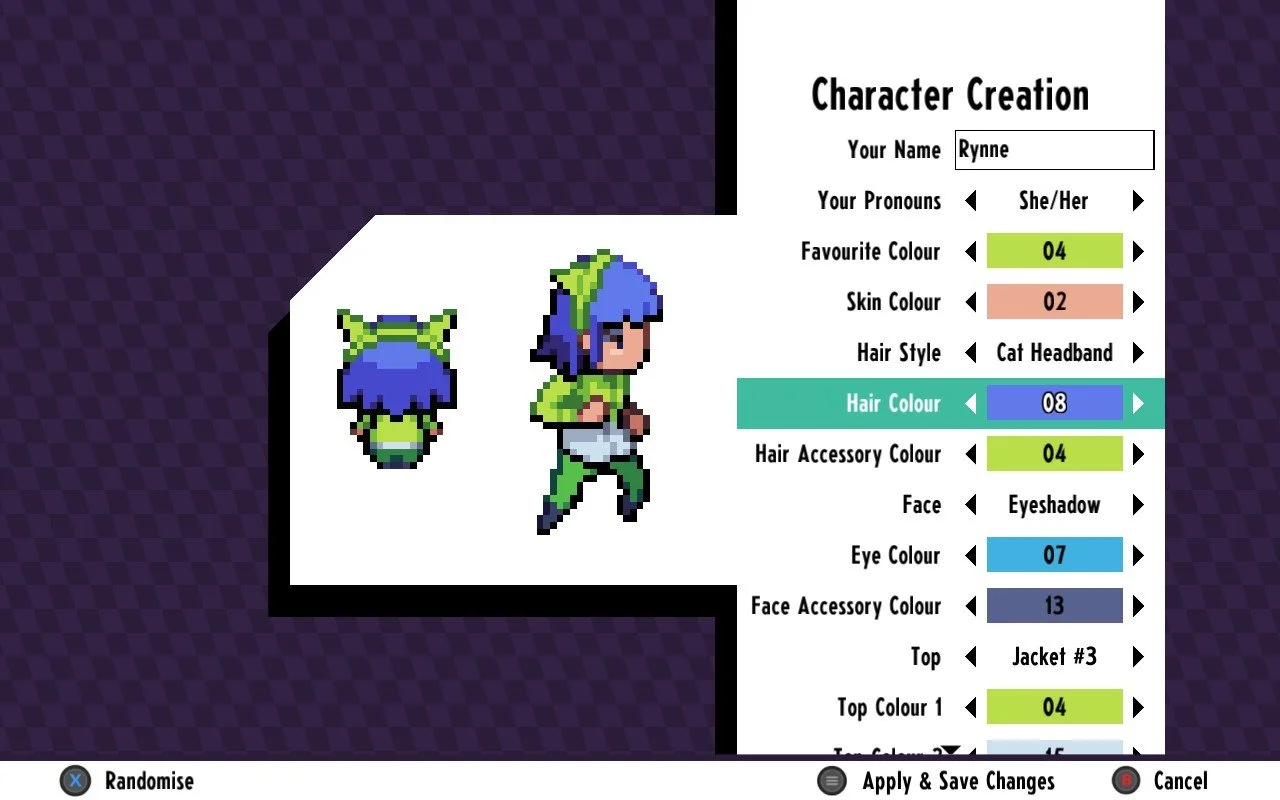

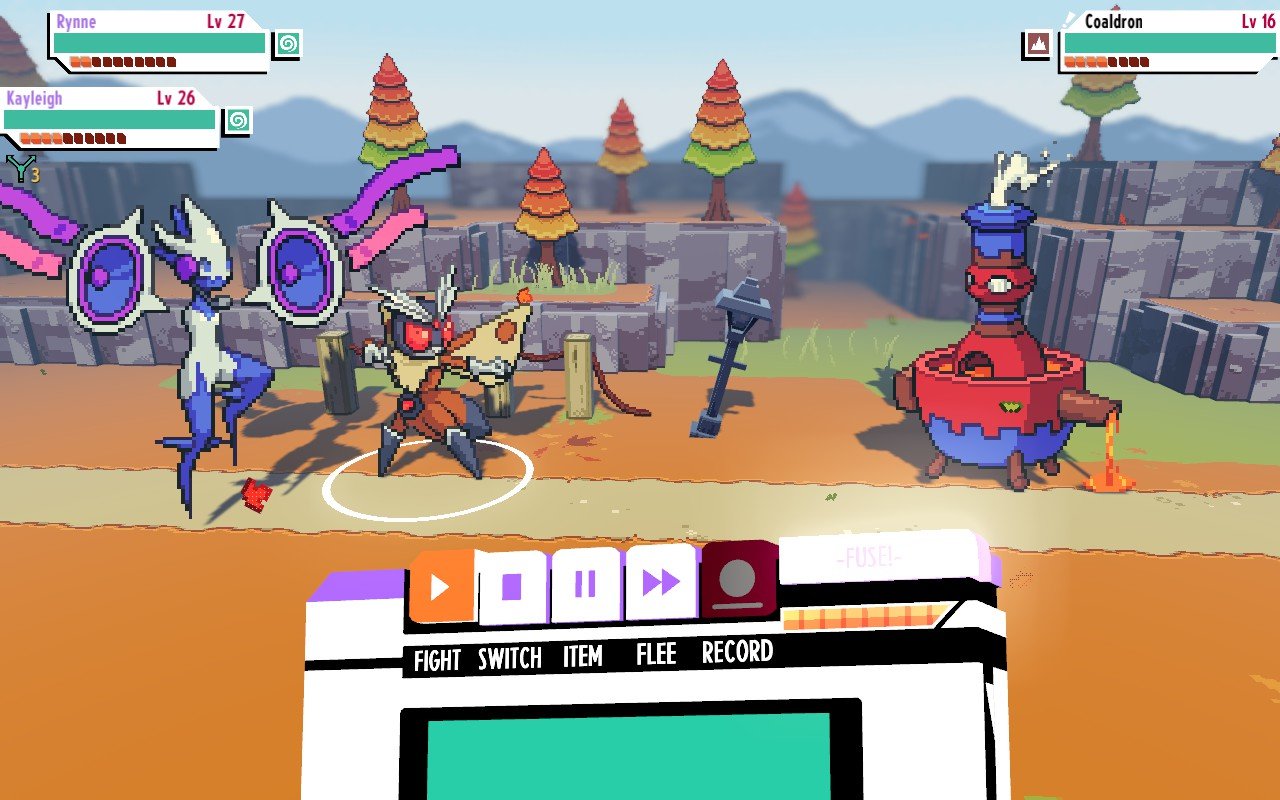

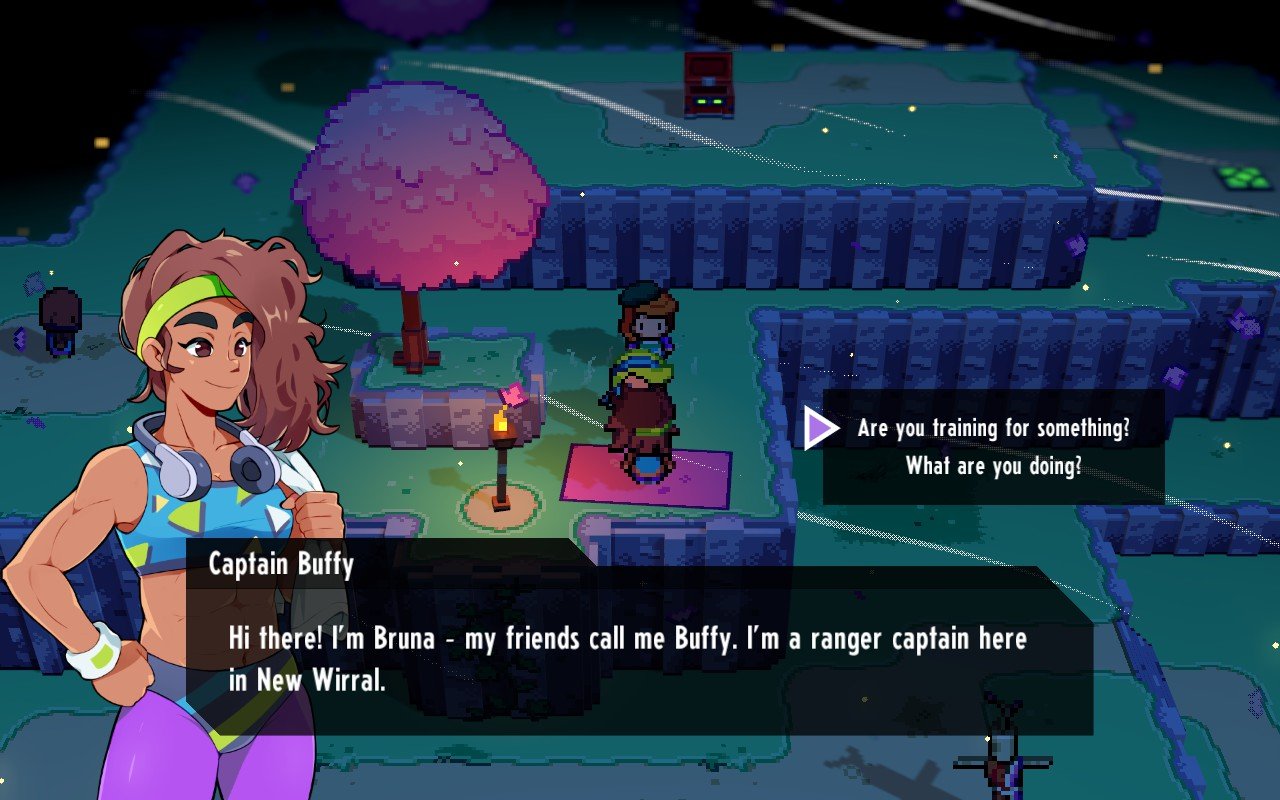
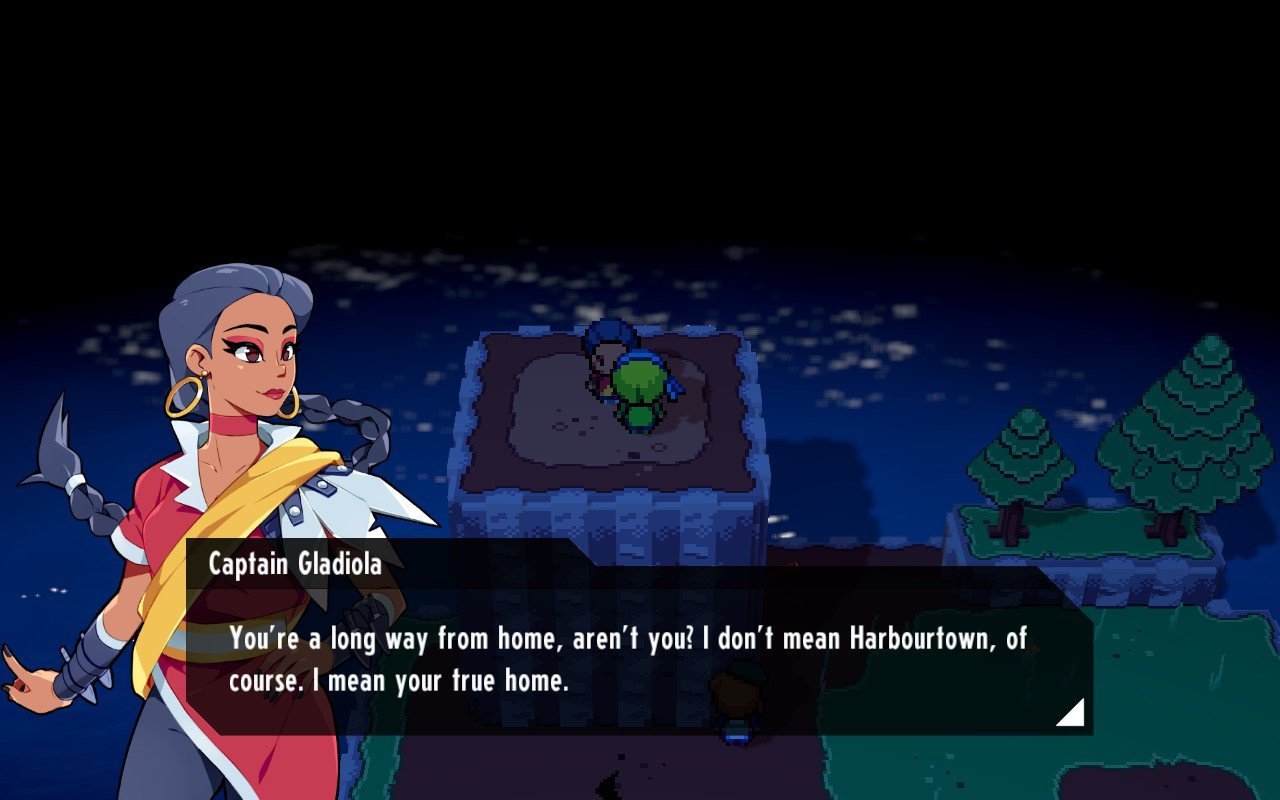
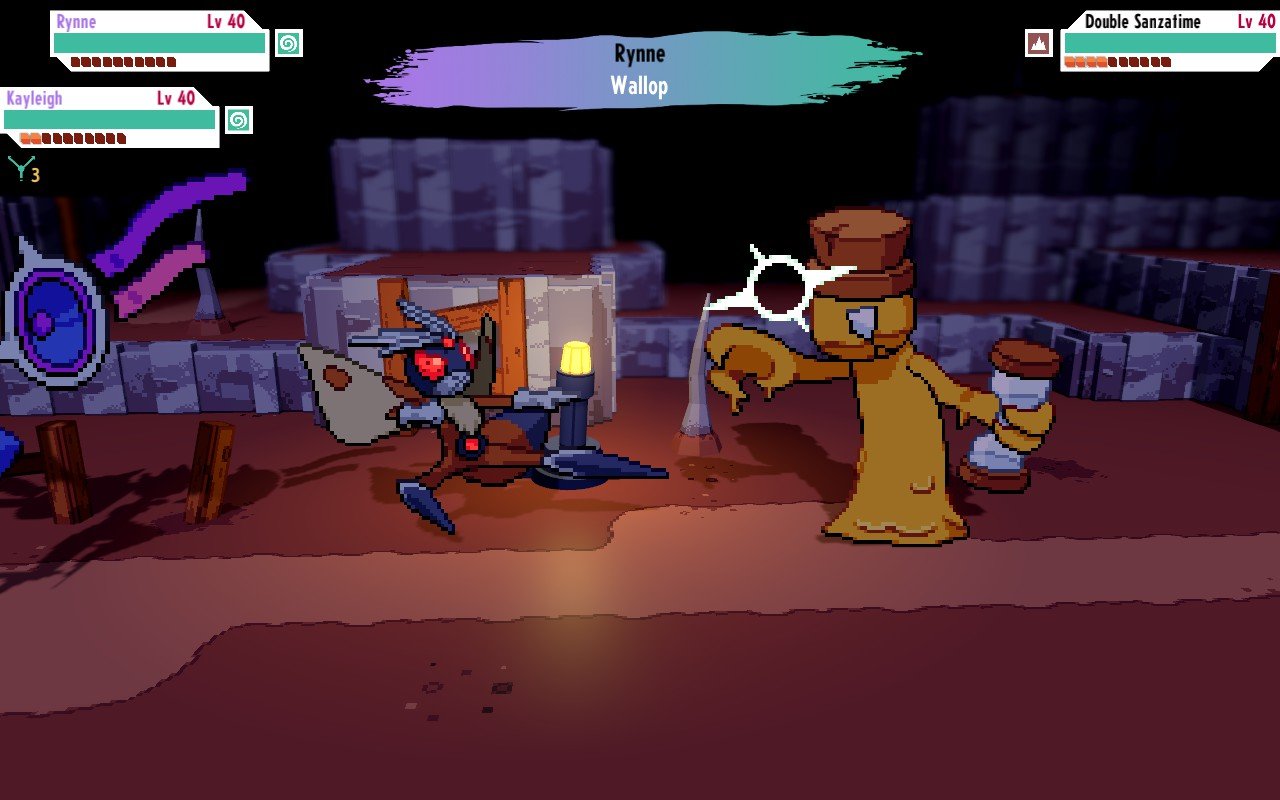


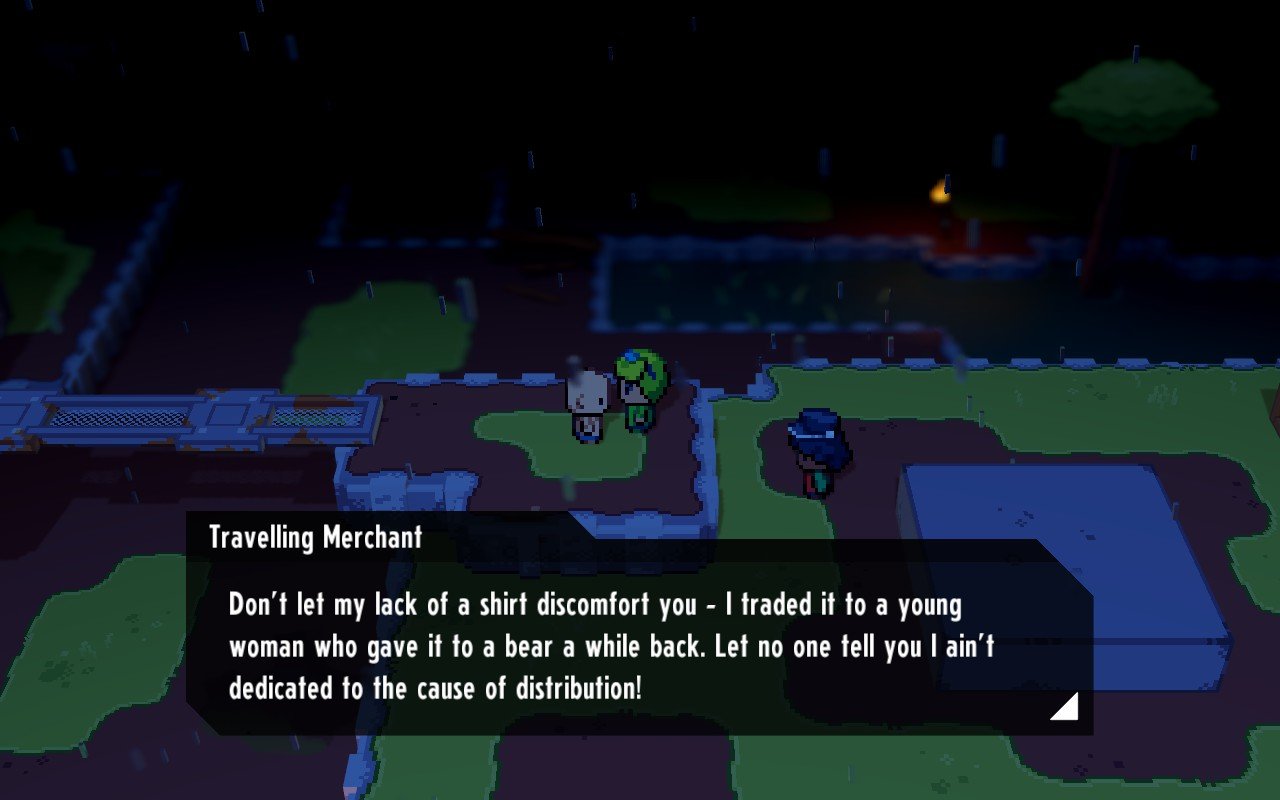
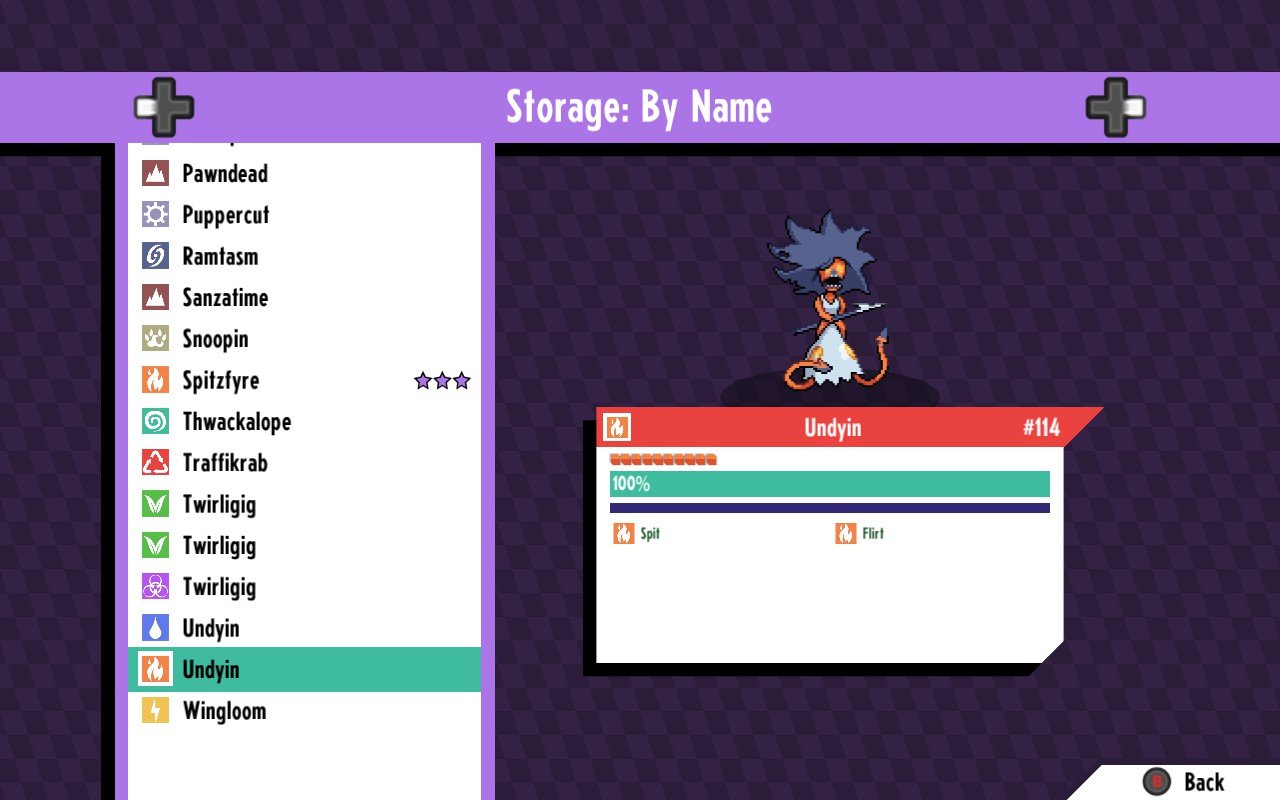
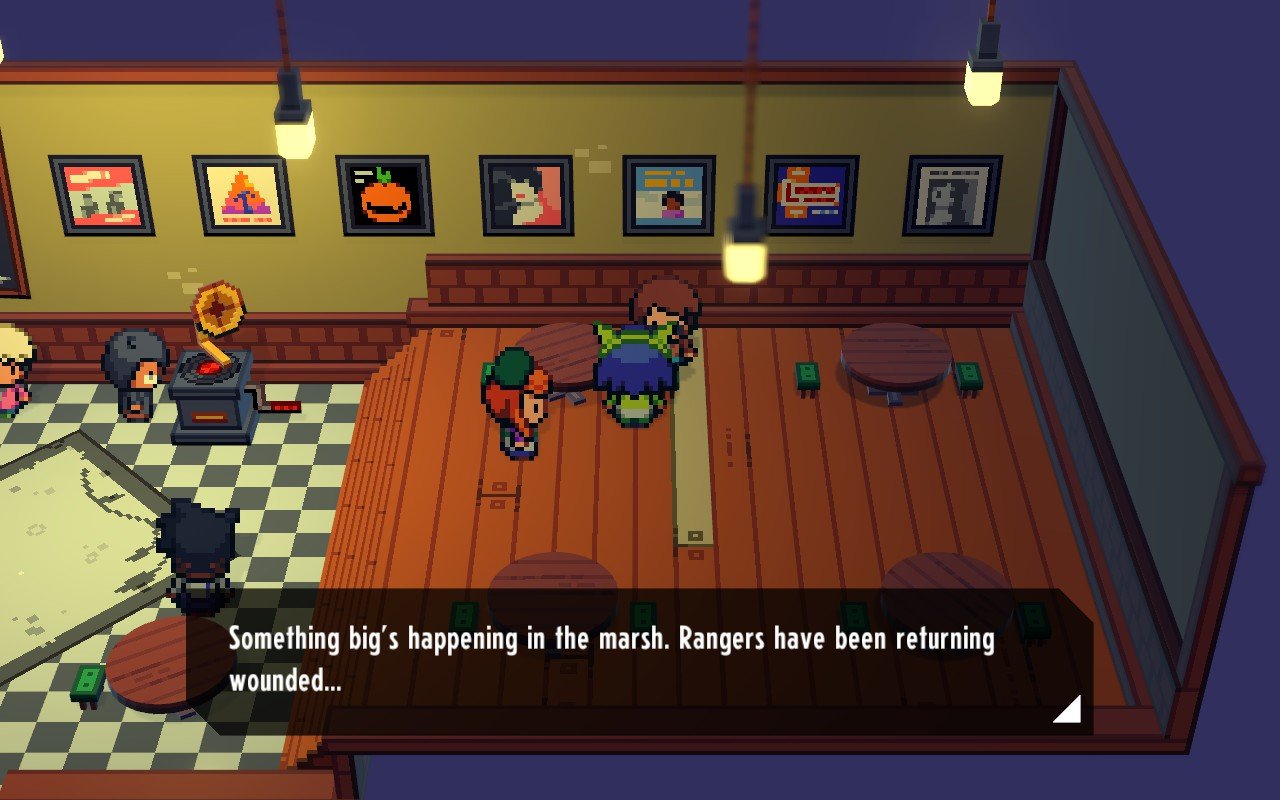
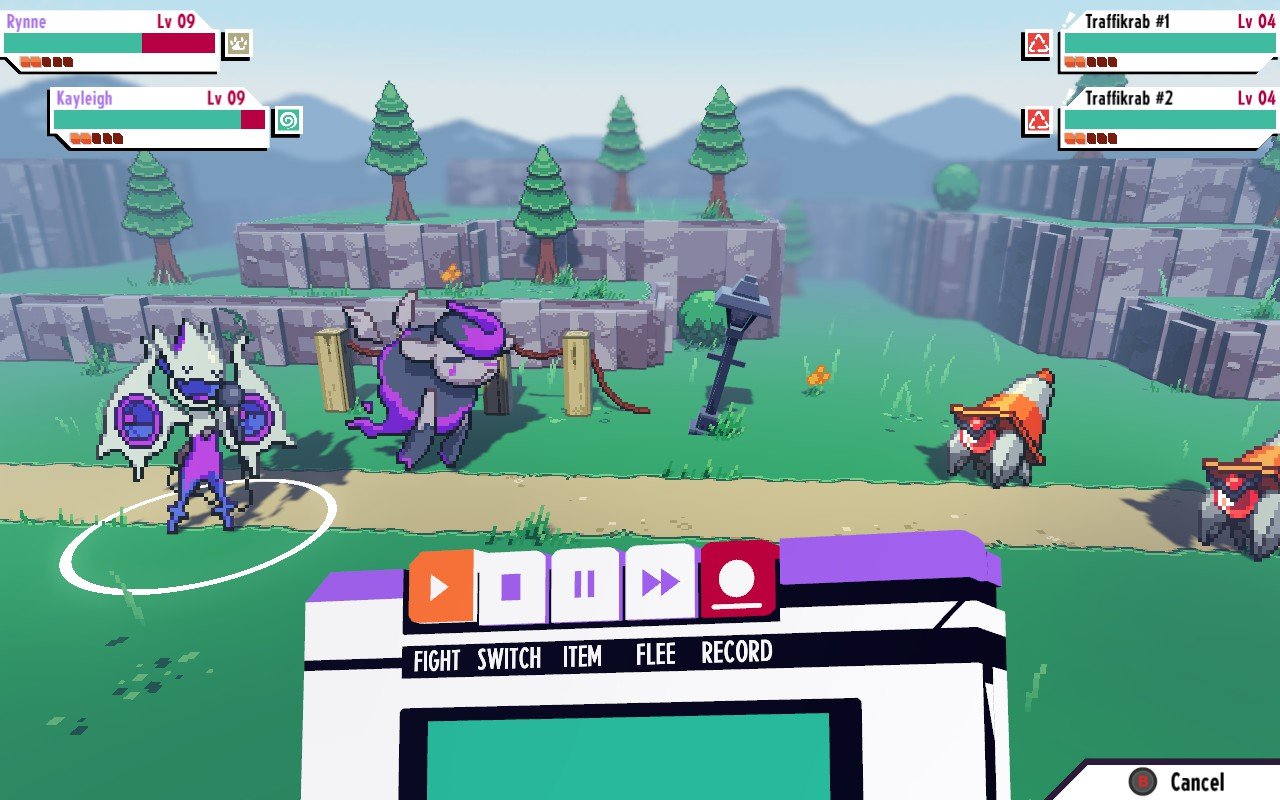
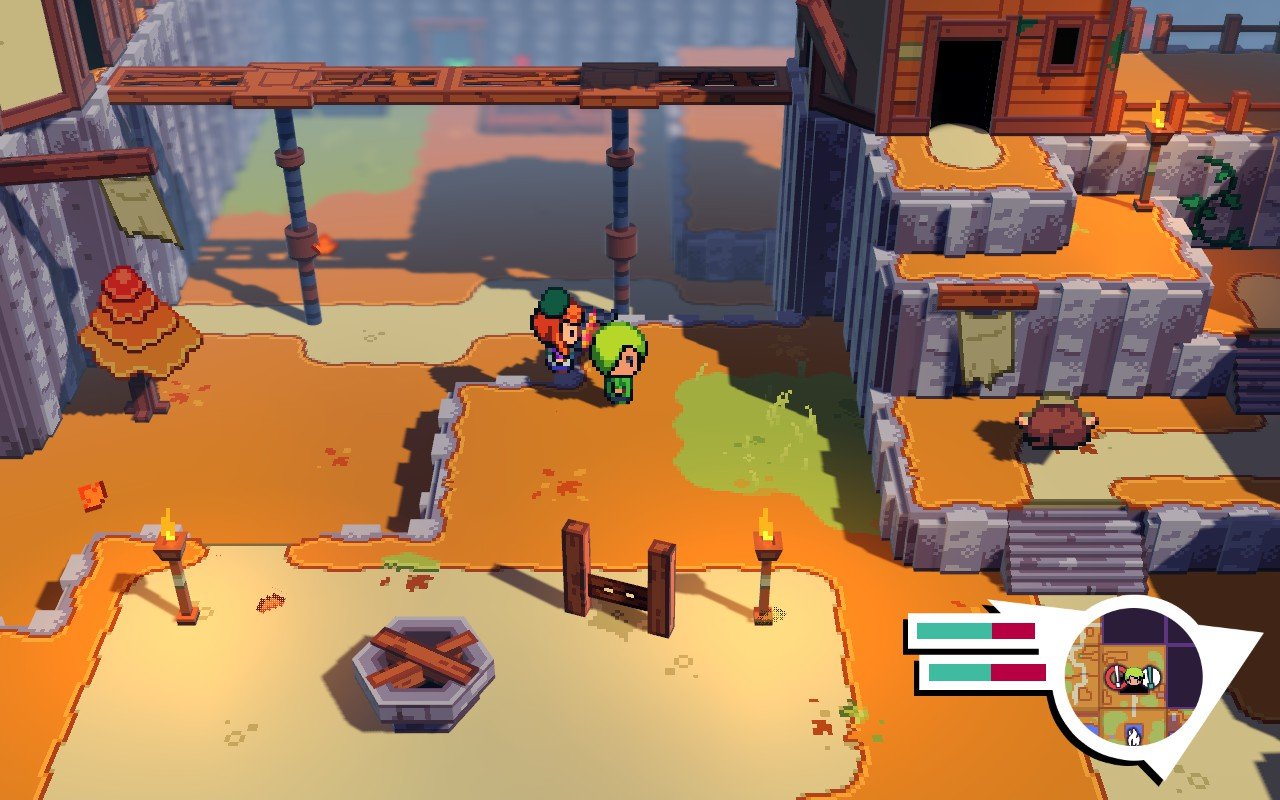
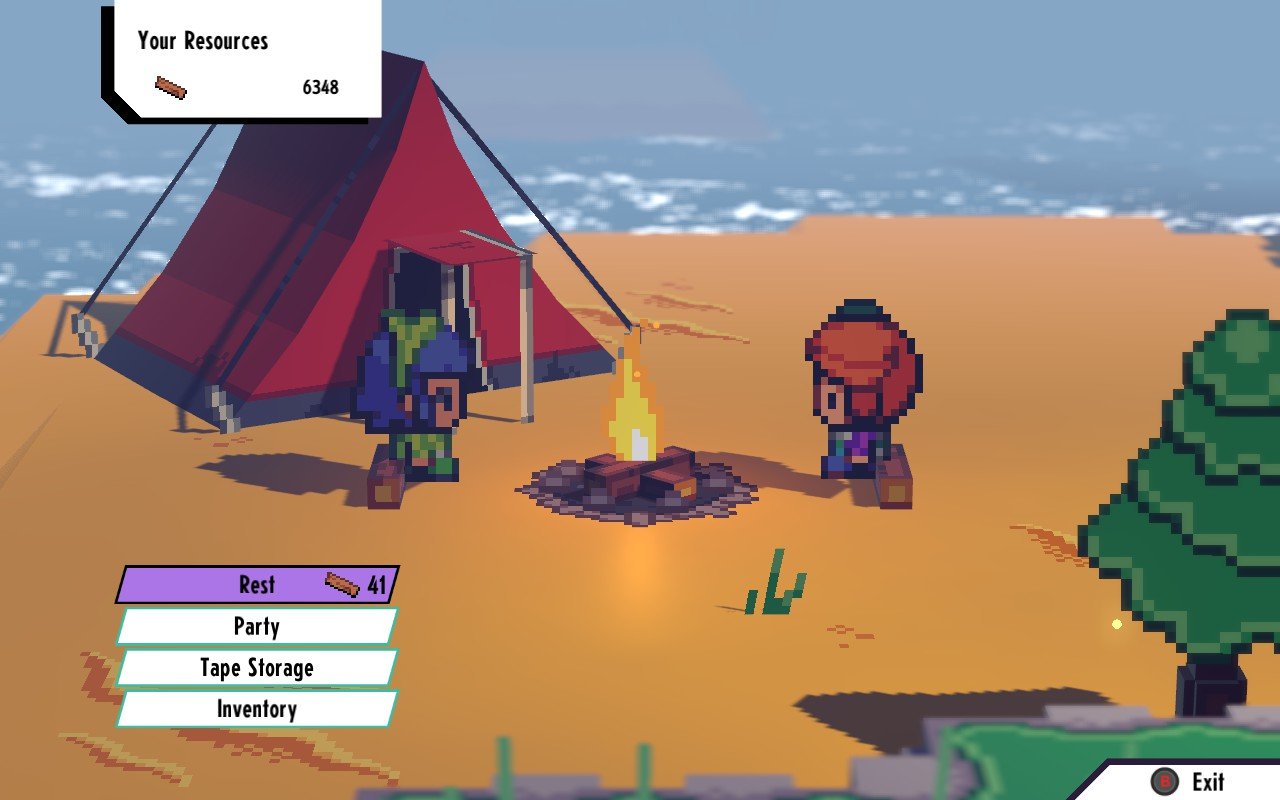




Jeff is the original founder of Analog Stick Gaming. His favorite games include The Witcher III, the Mass Effect Trilogy, Hi-Fi Rush, Stellar Blade, Hellbade: Senua’s Sacrifice, and the Legend of Heroes series, especially Trails of Cold Steel III & IV.